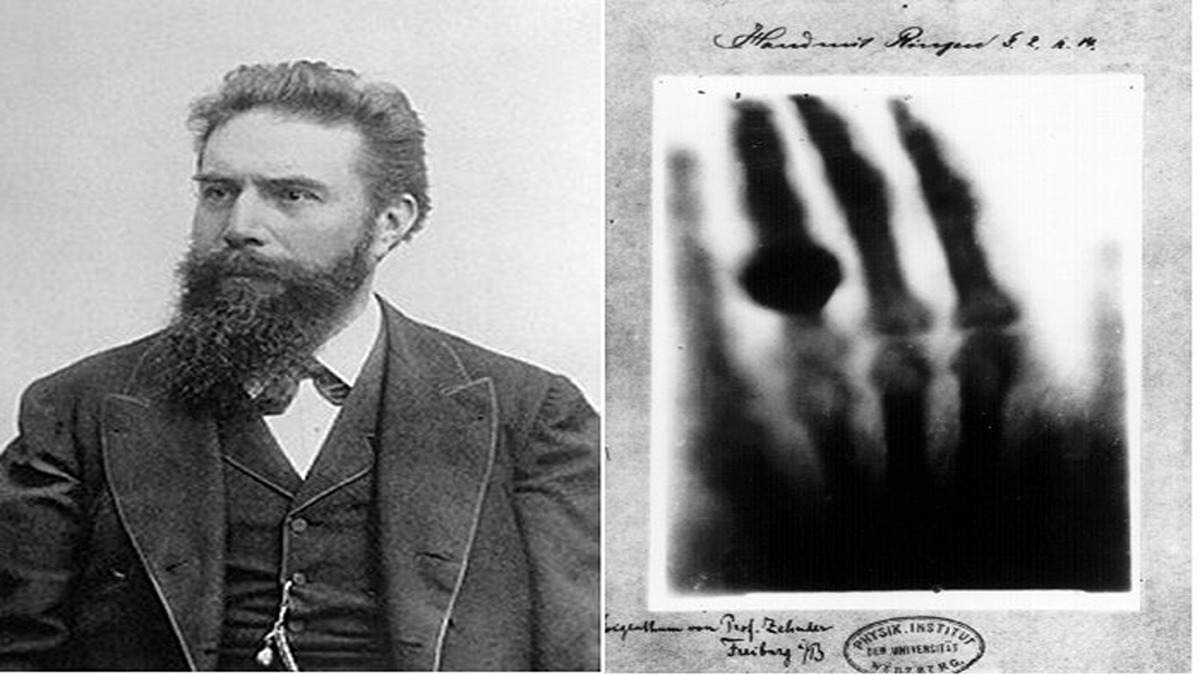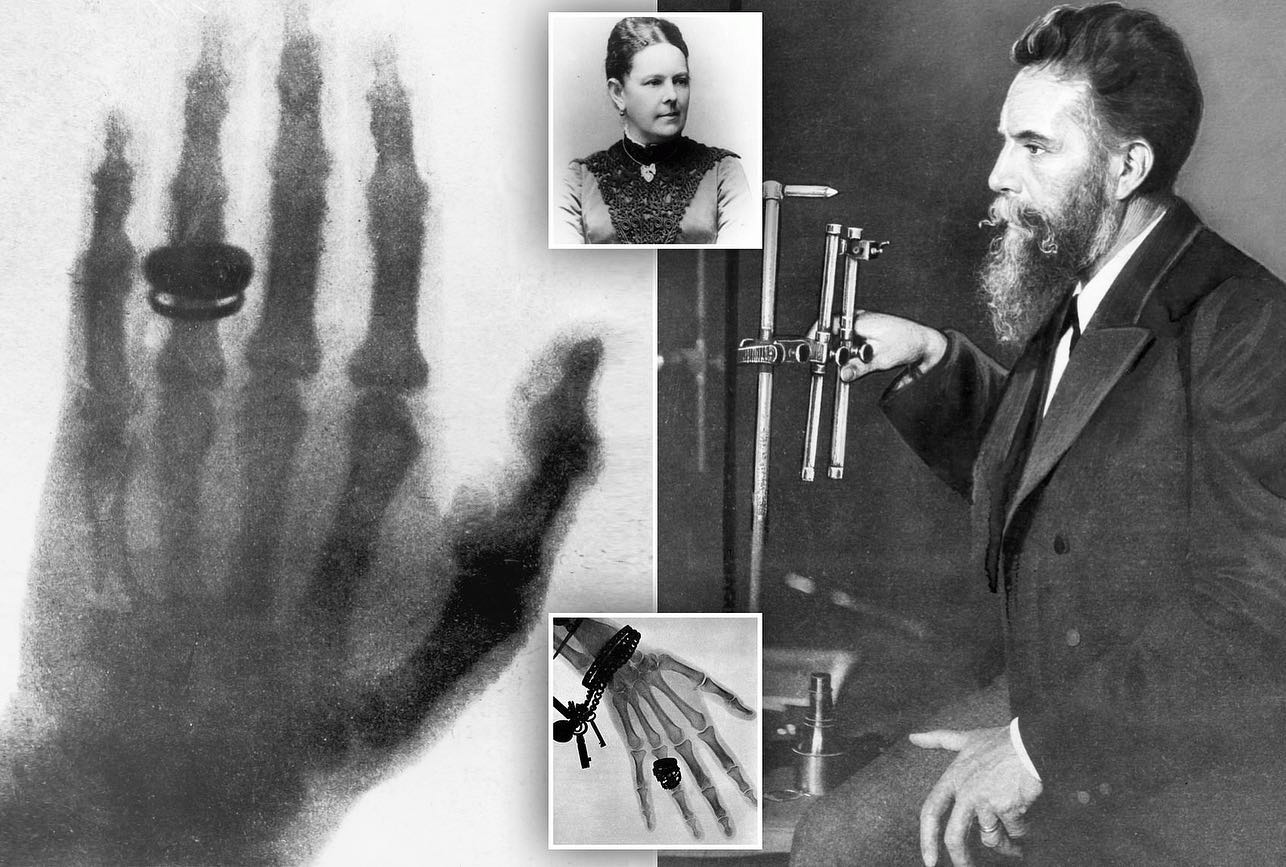
What happened on this day in 1895 ?

A German mechanical engineer and physicist, Wilhelm Conrad Rontgen, also known as WC Rontgen, devised and identified electromagnetic radiation in the wavelength range known as X-rays or Rontgen rays on November 8, 1895.
Röntgen’s discovery occurred accidentally in his Wurzburg, Germany, lab, where he was testing whether cathode rays could pass through glass when he noticed a glow coming from a nearby chemically coated screen.
To highlight the unknown nature of his discovery, he called them X-rays because in mathematics “X” is used to indicate an unknown quantity.
X-rays are electromagnetic energy waves that act similarly to light rays but at wavelengths approximately 1,000 times shorter than those of light. Röntgen holed up in his lab and conducted a series of experiments to better understand his discovery.
Many people had observed the effects of X-ray beams before, but Roentgen was the first scientist to study them systematically.
He learned that X-rays penetrate human flesh but not higher-density substances such as bone or lead and that they can be photographed.
In one of Roentgen’s first experiments late in 1895 was a film of his wife Bertha’s hand with a ring on her finger.

Rontgen announced the discovery of X-rays in December 1895, following seven weeks of hard effort studying the qualities of this new type of radiation capable of passing through thick screens.
The news of this discovery sparked widespread public interest and prompted a significant investigation in a variety of ways.
Röntgen’s discovery was labeled a medical miracle and X-rays soon became an important diagnostic tool in medicine, allowing doctors to see inside the human body for the first time without surgery.
Physicians and scientists began using X-rays on people in January 1896 to study the skeleton and, later, the lung and other organs.
In 1897, X-rays were first used on a military battlefield, during the Balkan War, to find bullets and broken bones inside patients.
His discovery helped him earn the first Nobel Prize in Physics in 1901.














Comments